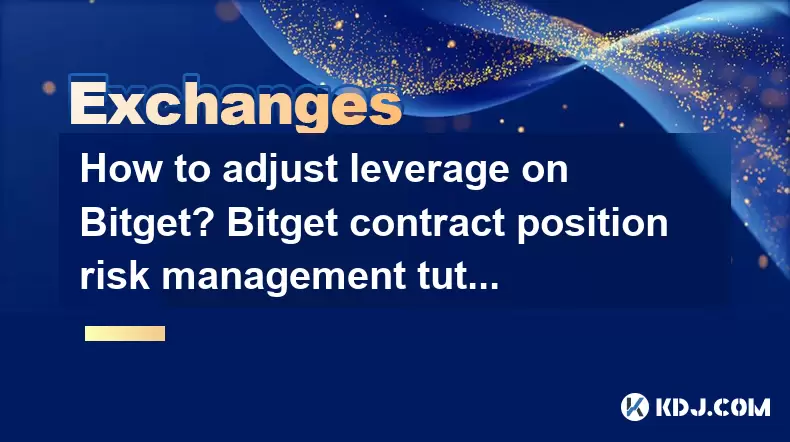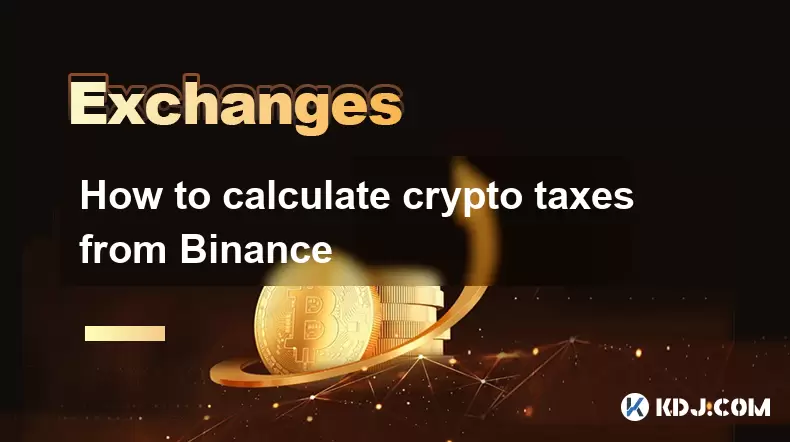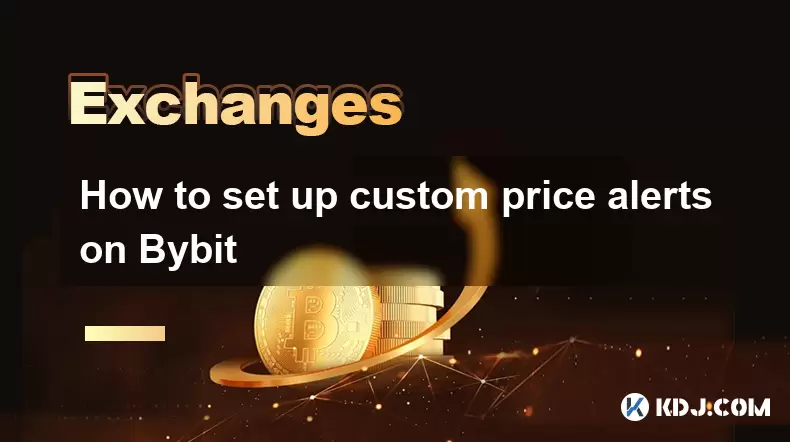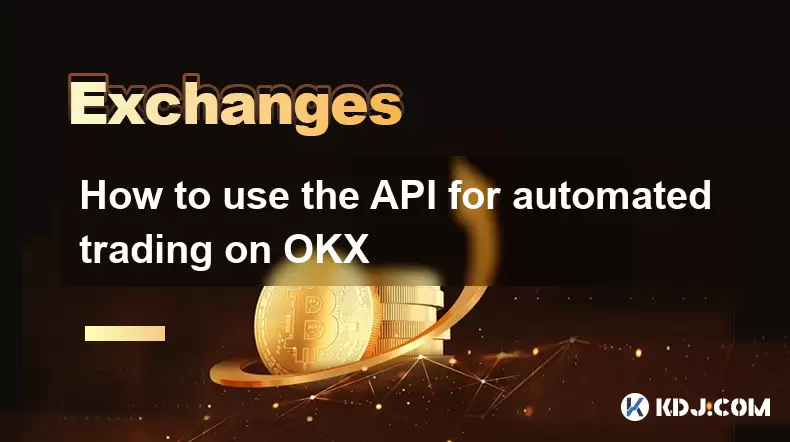-
 Bitcoin
Bitcoin $117500
2.15% -
 Ethereum
Ethereum $3911
6.19% -
 XRP
XRP $3.316
10.79% -
 Tether USDt
Tether USDt $1.000
0.01% -
 BNB
BNB $787.2
2.24% -
 Solana
Solana $175.2
4.15% -
 USDC
USDC $0.9999
0.00% -
 Dogecoin
Dogecoin $0.2225
8.40% -
 TRON
TRON $0.3383
0.28% -
 Cardano
Cardano $0.7868
6.02% -
 Stellar
Stellar $0.4382
9.34% -
 Hyperliquid
Hyperliquid $40.92
7.56% -
 Sui
Sui $3.764
7.63% -
 Chainlink
Chainlink $18.48
10.66% -
 Bitcoin Cash
Bitcoin Cash $582.1
1.88% -
 Hedera
Hedera $0.2601
6.30% -
 Avalanche
Avalanche $23.33
4.94% -
 Ethena USDe
Ethena USDe $1.001
0.02% -
 Litecoin
Litecoin $122.3
2.04% -
 UNUS SED LEO
UNUS SED LEO $8.969
-0.27% -
 Toncoin
Toncoin $3.339
0.86% -
 Shiba Inu
Shiba Inu $0.00001287
4.30% -
 Uniswap
Uniswap $10.43
7.38% -
 Polkadot
Polkadot $3.861
5.08% -
 Dai
Dai $1.000
0.02% -
 Bitget Token
Bitget Token $4.513
3.41% -
 Monero
Monero $267.7
-6.18% -
 Cronos
Cronos $0.1499
4.14% -
 Pepe
Pepe $0.00001110
5.15% -
 Aave
Aave $284.9
8.28%
How to adjust leverage on Bitget? Bitget contract position risk management tutorial
Adjust leverage on Bitget by logging in, navigating to futures, selecting a contract, and setting your desired level. Use risk management tools like stop-loss orders to protect your positions.
May 29, 2025 at 11:28 pm

How to Adjust Leverage on Bitget? Bitget Contract Position Risk Management Tutorial
Bitget is a popular cryptocurrency exchange platform that offers various trading services, including futures and perpetual contracts. One of the key features for traders on Bitget is the ability to adjust leverage, which can significantly impact your trading strategy and risk management. In this tutorial, we will guide you through the process of adjusting leverage on Bitget and provide insights into effective risk management for contract positions.
Understanding Leverage on Bitget
Leverage is a crucial aspect of trading futures and perpetual contracts on Bitget. It allows traders to amplify their trading positions by borrowing funds from the platform. The level of leverage you choose can significantly affect your potential profits and losses. Bitget offers a range of leverage options, typically from 1x to 125x, depending on the specific contract.
To understand the impact of leverage, consider that trading with higher leverage increases both your potential returns and your risk. For example, using 10x leverage means that a 1% move in the market can result in a 10% change in your position value. Therefore, it's essential to choose a leverage level that aligns with your risk tolerance and trading strategy.
Steps to Adjust Leverage on Bitget
Adjusting leverage on Bitget is a straightforward process, but it requires careful consideration. Here are the detailed steps to follow:
- Log into Your Bitget Account: Open the Bitget website or app and log in using your credentials.
- Navigate to the Futures Trading Section: Once logged in, go to the futures trading section of the platform. This is usually accessible from the main menu or dashboard.
- Select the Contract You Want to Trade: Choose the specific futures or perpetual contract you wish to trade. Bitget offers a variety of contracts, so ensure you select the correct one.
- Open the Trading Interface: After selecting your contract, you will be directed to the trading interface. Here, you can see various options for managing your trades.
- Adjust the Leverage: Look for the leverage adjustment feature, which is typically found near the order entry section. You can adjust the leverage by selecting your desired level from a dropdown menu or by manually entering the value.
- Confirm Your Leverage: Once you have selected your desired leverage level, confirm the change. Bitget may prompt you to confirm your decision to ensure you understand the risks associated with the chosen leverage.
Risk Management Strategies for Contract Positions
Effective risk management is vital when trading futures and perpetual contracts on Bitget. Here are some strategies to help you manage your contract positions and mitigate potential losses:
- Set Stop-Loss Orders: A stop-loss order is an essential tool for limiting your losses. It automatically closes your position when the market moves against you by a specified amount. On Bitget, you can set a stop-loss order when placing your trade or adjust it later from the open orders section.
- Use Take-Profit Orders: A take-profit order allows you to lock in profits by automatically closing your position when the market reaches a favorable price. This can help you avoid the temptation to hold onto a winning position for too long, which could lead to losses if the market reverses.
- Monitor Your Margin Levels: Bitget provides real-time information on your margin levels, which indicates how much of your initial margin is being used. Keeping an eye on this can help you avoid liquidation by ensuring you have sufficient funds to cover potential losses.
- Diversify Your Portfolio: Spreading your investments across different contracts can help reduce risk. By not putting all your funds into a single contract, you can mitigate the impact of adverse market movements on your overall portfolio.
Monitoring and Adjusting Your Positions
Once you have opened a position on Bitget, it's crucial to monitor and adjust it as needed. Here are some tips for managing your positions effectively:
- Regularly Check Market Conditions: Stay informed about market trends and news that could impact your positions. Bitget offers various tools and charts to help you analyze market conditions.
- Adjust Leverage as Needed: If market volatility increases, you may need to reduce your leverage to minimize risk. Conversely, in a stable market, you might consider increasing leverage to maximize potential returns.
- Close or Reduce Positions: If a position is moving against you, consider closing it or reducing its size to limit losses. Bitget allows you to partially close positions, which can be a useful strategy for managing risk.
- Use Trailing Stops: A trailing stop is a type of stop-loss order that adjusts automatically as the market moves in your favor. This can help you lock in profits while still allowing for potential further gains.
Understanding Liquidation on Bitget
Liquidation is a critical concept in futures and perpetual contract trading on Bitget. It occurs when the value of your position falls below the maintenance margin level, and the platform automatically closes your position to cover the losses. To avoid liquidation, it's essential to understand and manage your margin levels effectively.
- Maintenance Margin: This is the minimum amount of margin required to keep your position open. If your account balance falls below this level, your position will be liquidated.
- Liquidation Price: Bitget calculates the liquidation price based on your position size, leverage, and entry price. You can view this information in the trading interface to help you assess the risk of liquidation.
- Avoiding Liquidation: To avoid liquidation, ensure you have sufficient funds in your account to cover potential losses. You can also reduce your leverage or close part of your position to increase your margin level.
FAQs
1. Can I change the leverage on an existing position on Bitget?
Yes, you can adjust the leverage on an existing position on Bitget. To do this, go to the open positions section, select the position you want to adjust, and modify the leverage level. Keep in mind that changing leverage on an existing position can impact your margin requirements and liquidation risk.
2. What happens if I get liquidated on Bitget?
If you get liquidated on Bitget, your position will be automatically closed, and any remaining funds in your account will be used to cover the losses. If your losses exceed your account balance, you may end up with a negative balance, which you will need to cover before trading again.
3. How can I calculate my potential profit and loss on Bitget?
Bitget provides tools to help you calculate potential profit and loss based on your position size, entry price, and leverage. You can use the platform's built-in calculators or manually calculate using the formula: Potential Profit/Loss = (Position Size x Price Change) x Leverage.
4. What are the risks of using high leverage on Bitget?
Using high leverage on Bitget can amplify both your potential profits and losses. The main risks include increased exposure to market volatility, higher likelihood of liquidation, and the potential for significant financial losses if the market moves against your position. It's crucial to use high leverage cautiously and with a solid risk management strategy in place.
Disclaimer:info@kdj.com
The information provided is not trading advice. kdj.com does not assume any responsibility for any investments made based on the information provided in this article. Cryptocurrencies are highly volatile and it is highly recommended that you invest with caution after thorough research!
If you believe that the content used on this website infringes your copyright, please contact us immediately (info@kdj.com) and we will delete it promptly.
- Tron's Sell-Off Spurs Altcoin Shift: What's Next for TRX?
- 2025-08-08 08:30:12
- Sleep Token's US Takeover: Thornhill Rides the 'Even In Arcadia' Wave
- 2025-08-08 08:30:12
- FTT Token's Wild Ride: Creditor Repayments vs. Market Drop - A New Yorker's Take
- 2025-08-08 07:10:12
- Floki Crypto Price Prediction: Riding the Robinhood Rocket or Just a Meme?
- 2025-08-08 07:15:12
- EigenLayer, Restaking, and Ethereum: Navigating the Hype and the Hazards
- 2025-08-08 06:30:12
- Super Bowl 59: Jon Batiste to Jazz Up the National Anthem
- 2025-08-08 06:30:12
Related knowledge

How to use advanced trading on Gemini
Aug 08,2025 at 04:07am
Understanding Advanced Trading on GeminiAdvanced trading on Gemini refers to a suite of tools and order types designed for experienced traders who wan...

How to deposit USD on Bitstamp
Aug 07,2025 at 05:18pm
Understanding Bitstamp and USD DepositsBitstamp is one of the longest-standing cryptocurrency exchanges in the industry, offering users the ability to...

How to find my transaction ID on Gemini
Aug 08,2025 at 12:50am
Understanding the Transaction ID in Cryptocurrency ExchangesA transaction ID (TXID) is a unique alphanumeric string that identifies a specific transfe...

How to calculate crypto taxes from Binance
Aug 08,2025 at 07:56am
Understanding Cryptocurrency Taxation on BinanceCalculating crypto taxes from Binance requires a clear understanding of how tax authorities classify d...

How to set up custom price alerts on Bybit
Aug 07,2025 at 04:31pm
Understanding Price Alerts on BybitPrice alerts on Bybit are essential tools for traders who want to stay informed about significant price movements i...

How to use the API for automated trading on OKX
Aug 07,2025 at 05:21pm
Understanding the OKX API for Automated TradingThe OKX API provides a powerful interface for users to automate their trading strategies, access real-t...

How to use advanced trading on Gemini
Aug 08,2025 at 04:07am
Understanding Advanced Trading on GeminiAdvanced trading on Gemini refers to a suite of tools and order types designed for experienced traders who wan...

How to deposit USD on Bitstamp
Aug 07,2025 at 05:18pm
Understanding Bitstamp and USD DepositsBitstamp is one of the longest-standing cryptocurrency exchanges in the industry, offering users the ability to...

How to find my transaction ID on Gemini
Aug 08,2025 at 12:50am
Understanding the Transaction ID in Cryptocurrency ExchangesA transaction ID (TXID) is a unique alphanumeric string that identifies a specific transfe...

How to calculate crypto taxes from Binance
Aug 08,2025 at 07:56am
Understanding Cryptocurrency Taxation on BinanceCalculating crypto taxes from Binance requires a clear understanding of how tax authorities classify d...

How to set up custom price alerts on Bybit
Aug 07,2025 at 04:31pm
Understanding Price Alerts on BybitPrice alerts on Bybit are essential tools for traders who want to stay informed about significant price movements i...

How to use the API for automated trading on OKX
Aug 07,2025 at 05:21pm
Understanding the OKX API for Automated TradingThe OKX API provides a powerful interface for users to automate their trading strategies, access real-t...
See all articles

























































































